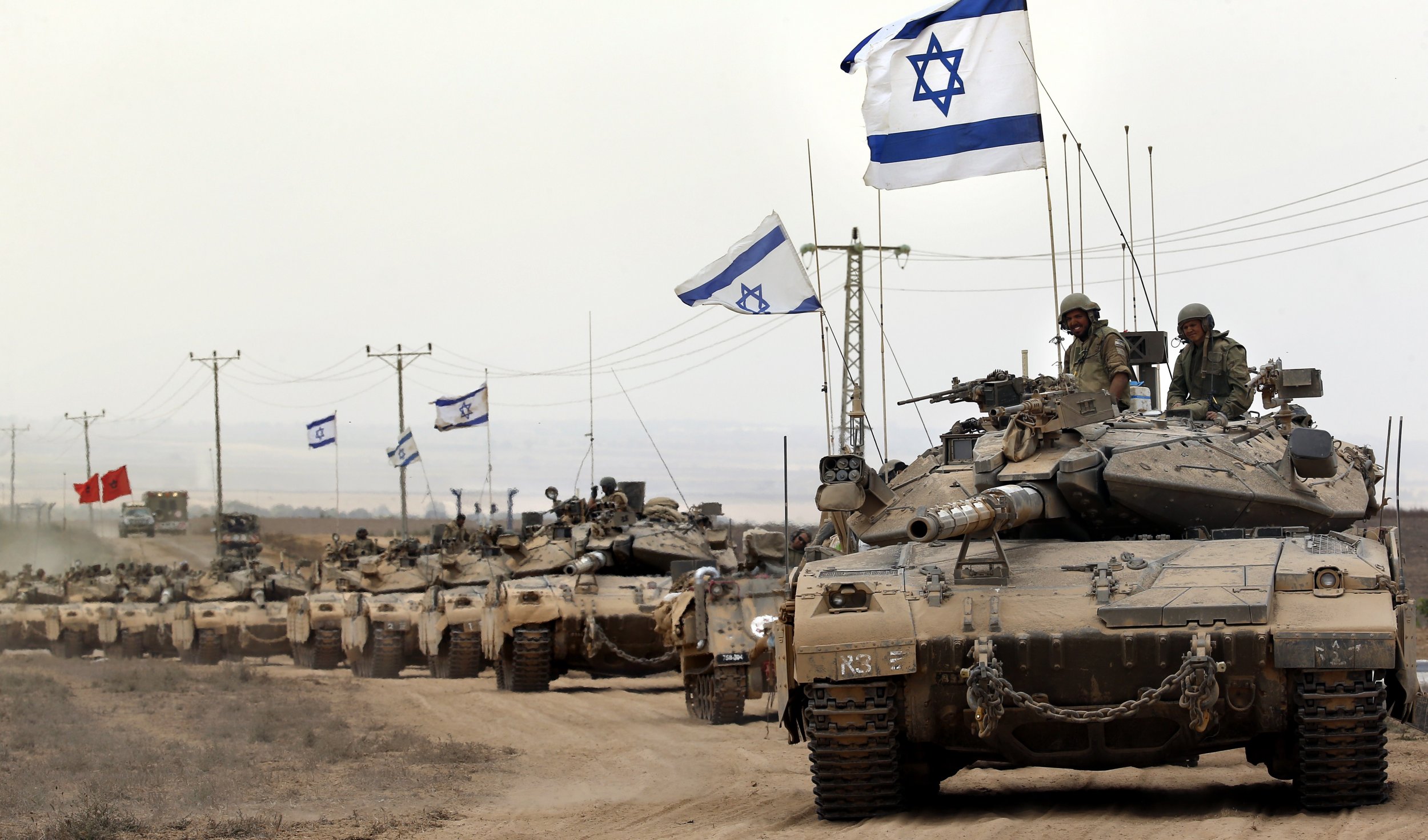

The Arabs' armored power was expressed through T-34/85s, T-54/55s, PT-76s and JS-3s (IS-3s).
.jpg)
On the Israeli side, the IDF had the British Centurion, the American M48 Patton, the M51 Super Sherman, and the French AMX-13, although they focused their armored spearheads on the Centurions and Pattons. Not only did the Six-Day War see the direct clash of opposing Cold War tactical approaches, but also the direct confrontation of Western and Soviet MBTs. Each presented its own unique set of tactical and terrain challenges, from the long-range battles between massed Egyptian and Israeli armor in the scorching flatlands of the Sinai Desert, to relatively close-quarters engagements across steep and narrow terrain in the Golan Heights.

The fighting took place on three different fronts: the Sinai Front, the Jordanian Front and the Golan Heights. Israel's armored brigades, despite being heavily outnumbered on paper by Arab AFVs, managed to dominate the Arab forces tactically and technologically, through excellent gunnery and decentralized battlefield leadership. The Six-Day War in 1967 was a lightning Israeli campaign that changed the face of the Middle East. This momentous clash came to be known as the Six-Day War, and was a critical laboratory for two competing and contrasting systems of armored warfare. A detailed study of one of the greatest tank battles since World War II, as some 950 Egyptian tanks confronted about 800 tanks of the Israeli Defense Forces (IDF) in the Sinai Peninsula.


 0 kommentar(er)
0 kommentar(er)
